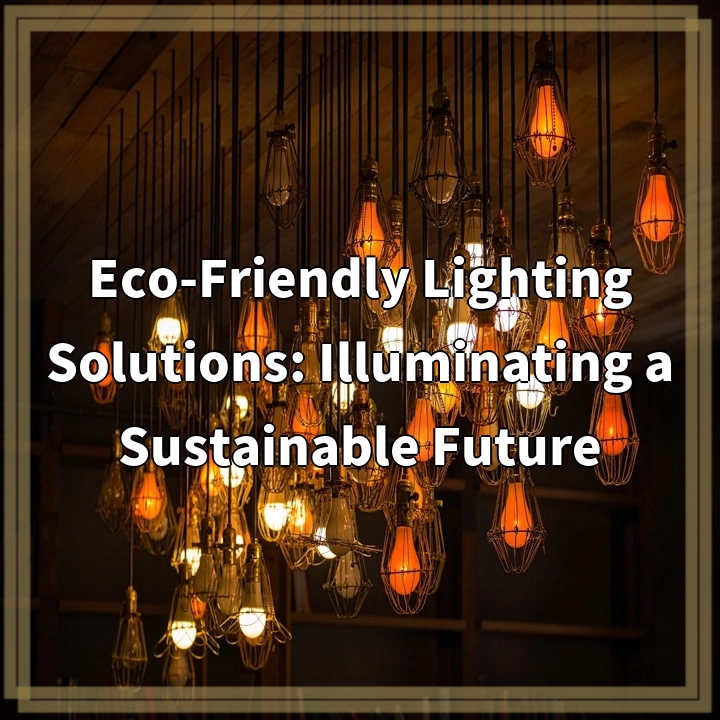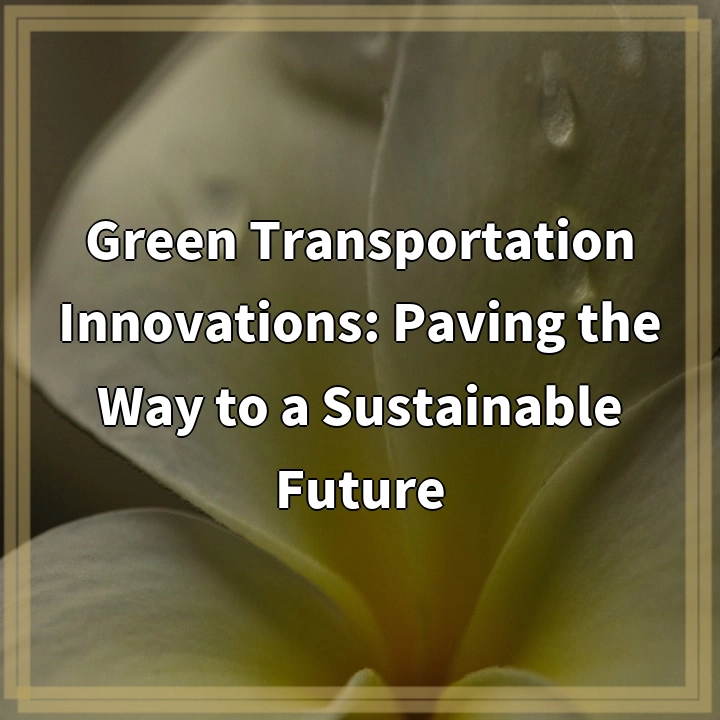
What it is:
Eco-friendly lighting solutions are a set of lighting technologies and practices that aim to minimize environmental impact while providing effective illumination. These solutions prioritize energy efficiency, reduced carbon emissions, and the use of sustainable materials.
Eco-friendly lighting options include LED (Light Emitting Diode) bulbs, compact fluorescent lamps (CFLs), and natural lighting techniques such as daylighting. These alternatives offer significant advantages over traditional incandescent bulbs, such as lower energy consumption, longer lifespan, and reduced toxic waste.
Real-world problems:
The use of conventional lighting systems, such as incandescent bulbs, poses several environmental challenges:
High Energy Consumption:
Traditional lighting technologies, like incandescent bulbs, consume large amounts of energy and contribute to greenhouse gas emissions. This contributes to global warming and climate change, exacerbating environmental challenges.
Short Lifespan:
Incandescent bulbs have a significantly shorter lifespan compared to eco-friendly options. This leads to more frequent replacements and increased waste in landfills, adding to the growing problem of electronic waste.
Inefficient Performance:
Conventional lighting often produces more heat than light, resulting in wasted energy. Inefficient lighting systems not only contribute to higher energy bills but also intensify cooling loads, leading to increased energy consumption in air conditioning systems.
Toxic Materials and Waste:
Incandescent bulbs contain toxic substances like mercury, which can be hazardous to both human health and the environment. Inadequate disposal practices of these bulbs can lead to mercury contamination in soil and water systems.
By embracing eco-friendly lighting solutions, these real-world problems can be mitigated, paving the way for a more sustainable and environmentally conscious future.

Solutions for Eco-Friendly Lighting:
LED Lighting:
LED (Light Emitting Diode) bulbs are a highly energy-efficient lighting option. They consume less energy, have a longer lifespan, and produce less heat compared to incandescent bulbs. LED lights are available in various color temperatures and designs, making them versatile for different lighting needs.
CFLs:
Compact Fluorescent Lamps (CFLs) are another eco-friendly lighting alternative. They use less energy and have a longer lifespan than incandescent bulbs. CFLs are cost-effective and provide a range of brightness options, making them suitable for various indoor and outdoor lighting applications.
Natural Lighting Techniques:
Incorporating natural lighting techniques, such as daylighting, can significantly reduce the need for artificial lighting during daylight hours. Design strategies like skylights, windows, and light shelves optimize the entry of natural light into buildings, reducing electricity consumption and creating more comfortable and productive environments.
Smart Lighting Systems:
Smart lighting systems, equipped with motion sensors, dimmers, and timers, can greatly enhance energy efficiency. These systems automatically adjust lighting levels based on occupancy or natural light availability, ensuring that lights are only used when necessary.
By adopting these eco-friendly lighting solutions, individuals, businesses, and communities can contribute to a more sustainable future. Energy savings, reduced environmental impact, and cost savings are just some of the benefits that come with embracing more efficient lighting technologies.















